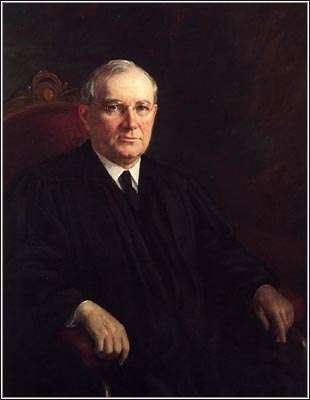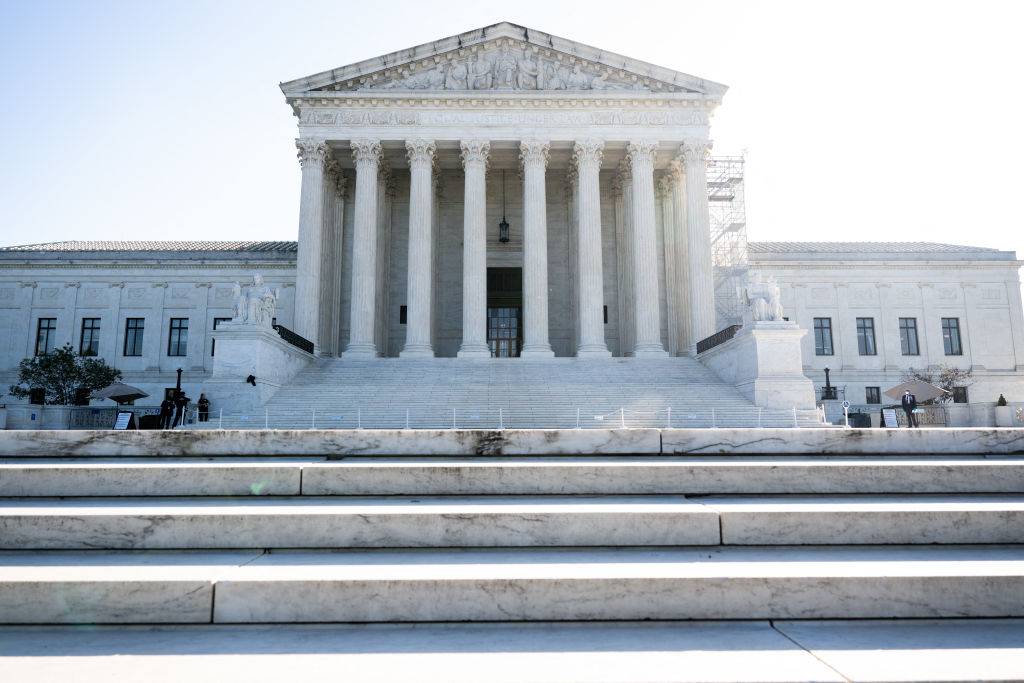Marimar Martinez was charged on October 5, 2025, with assaulting a federal officer with a deadly or dangerous weapon after she followed a vehicle driven by border patrol agents with her car in the Brighton Park neighborhood on Chicago‘s Southwest Side.
According to the criminal complaint, prosecutors claim Martinez was driving as part of a “convoy” that was following agents for about 30 minutes, disobeying traffic signals, and driving “aggressively” to chase the federal vehicles. As she drove, Martinez was broadcasting on Facebook Live. She was allegedly sounding her horn and following the vehicles.
Martinez’s lawyers claim body camera video shows an agent turning his vehicle into Martinez’s vehicle. After the impact, the agent in the video yells aggressively while using profanity at Martinez. The agent then leaves his vehicle and fires several rounds at Martinez. The Department of Justice has not denied that Martinez was shot several times by the officer.
After the shooting, Martinez drove herself to a nearby shop. The manager called 911 while Martinez was bleeding on the chair. She was taken to the hospital by ambulance. She was bleeding so profusely that agents were forced to wait to take her into custody while doctors treated her.
U.S. District Judge Heather McShain denied a request by the federal government to detain Martinez and Anthony Ian Santos Ruiz, 21, pending trial. The judge cited Martinez’s lack of criminal history and extensive family and community ties as compelling reasons to release her pending trial.
Is It Illegal to Follow a Police Car?
There are two situations where “following” a police car might be an issue. First, if one is simply drivingon the same street and/or in the same direction as the police car. There is no intent to follow the police car, just a coincidence. This is absolutely legal, and not even a “gray area.”
The second situation is one where Ms. Martinez was involved. Ms. Martinez and several others were following border patrol agents with the intent to record them and warn others about their location. Most jurisdictions do not have laws against following a police officer, and many jurisdictions, under the First Amendment, will protect the right to record an officer.
Warning other people that law enforcement agents are approaching is a “gray area.” Some jurisdictions have determined that warning others may be constitutionally protected speech. However, a prosecutor may interpret that warning as obstruction of justice since that warning could be used to conceal information or evid
ence of lawbreaking.
For law enforcement, an unknown vehicle following them, while not illegal, could be threatening. Nobody wants to be followed or stalked, as there could be an imminent threat to their safety. Law enforcement officers are usually armed, but they can still be the targets of gangs and other criminals. However, the public arguably have a right to monitor law enforcement since law enforcement is supposed to work for the public. Although following a police car is not illegal, it is potentially a bad idea since it may cause law enforcement officers to become suspicious of why they are being followed.
What Happens If the Allegations are Contradicted by the Evidence?
The exact charge against Martinez and one other was for:
“forcibly assaulted, resisted, opposed, impeded, intimidated, and interfered with a person designated in Title 18, United States Code, Section 1114, namely an officer and employee of the United States, while he was engaged in the performance of his official duties, and in the commission of such acts used a deadly and dangerous weapon.”
The “deadly and dangerous weapon” in this charge was presumably Martinez’s vehicle. Although Martinez had a gun with her during the incident, it is not disputed that she remained in her vehicle the whole time, the gun was allegedly still in her purse, and Martinez has a concealed weapons permit.
The officer’s shooting was allegedly self-defense on the part of the officers. Martinez’s attorneys claim there is body cam footage showing the opposite: the officer rammed her vehicle and then proceeded to shoot her while she was still inside her vehicle. If it were solely Martinez’s word against the officers, a jury would determine who is credible.
The optics of the situation are very poor for the federal government to claim self-defense on the part of the officer. First, Martinez is an unarmed woman against a male officer brandishing a firearm. Second, Martinez was the one who was severely injured; there is no allegation that the officer sustained any injuries.
However, the body cam footage would likely change the weight of the evidence. It would no longer be Martinez versus the officer’s word, but there would be substantial evidence supporting one side or another.
Moreover, other factors would likely weaken the charges against Martinez. As stated earlier, it is not illegal in and of itself to follow or record law enforcement. Even warning others of law enforcement coming may be considered protected speech. If Martinez’s lawyers are correct and Martinez was still in her vehicle, then there is even less reason for the officer to shoot her.
Do I Need a Criminal Defense Lawyer?
A criminal defense attorney can help you build your case and represent you during all the phases of a murder or manslaughter trial. The emotional benefits include some sense of relief that your attorney is on your side.


























